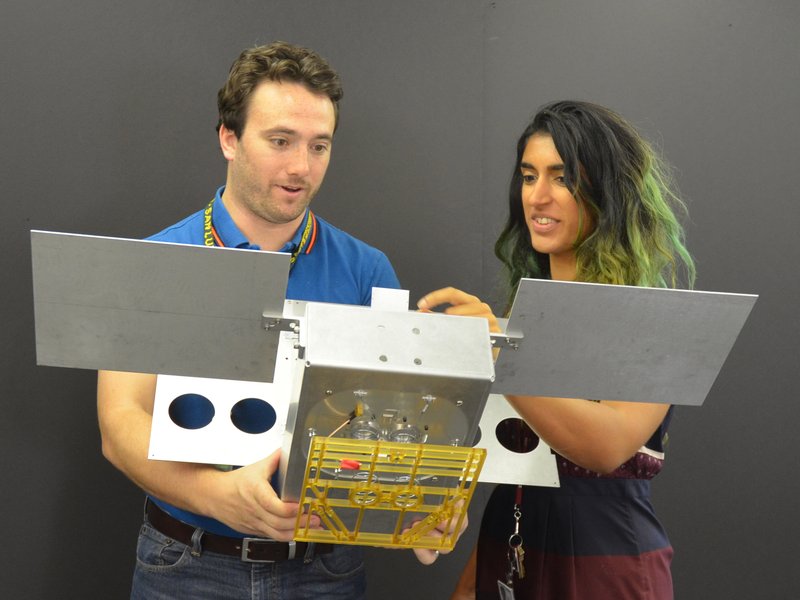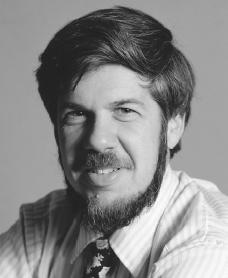
The importance of thinking like an engineer
Uncommon Descent was, in its heyday, the leading blog for Intelligent Design, before it was eventually overtaken by EvolutionNews.org. (I contributed dozens of articles to it myself during my years as an Intelligent Design proponent, before leaving the ID community in 2016.) If you look at the Glossary of terms on the Uncommon Descent blog (which has now been archived) and if you expand each of the definitions and do a text search, you will find four references to “engineers,” “engineered” or “engineering,” but not a single reference to the terms “God,” “divine” or “divinity.” The word “Creator” is used twice, but only in connection with creationism, as opposed to Intelligent Design, which ID theorist Dr. William Dembski has defined simply as “the science that studies signs of intelligence.” Citing Wikipedia, the Glossary defines “intelligence” as “capacities to reason, to plan, to solve problems, to think abstractly, to comprehend ideas, to use language, and to learn.”
I was therefore astonished to find that in Professor Stephen Dilley’s article
Gould’s God-Talk: Is the Panda’s Thumb Incompatible with ID? (Evolution News, April 5, 2024), the word “God” is used no less than 27 times, including footnotes.



